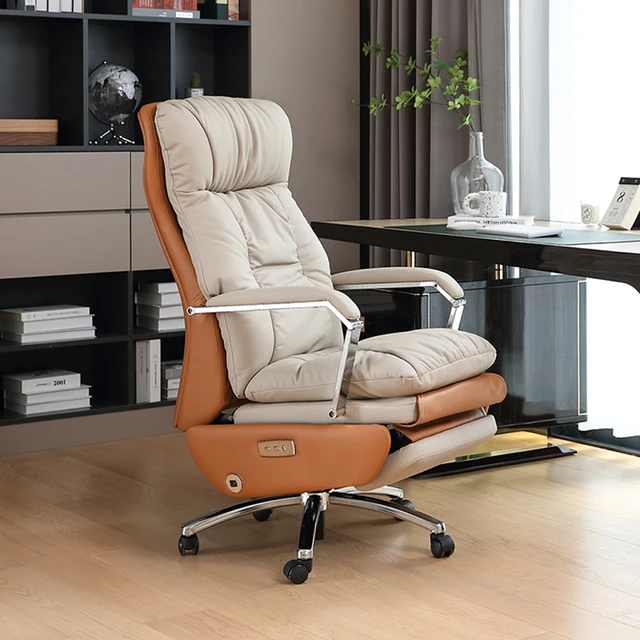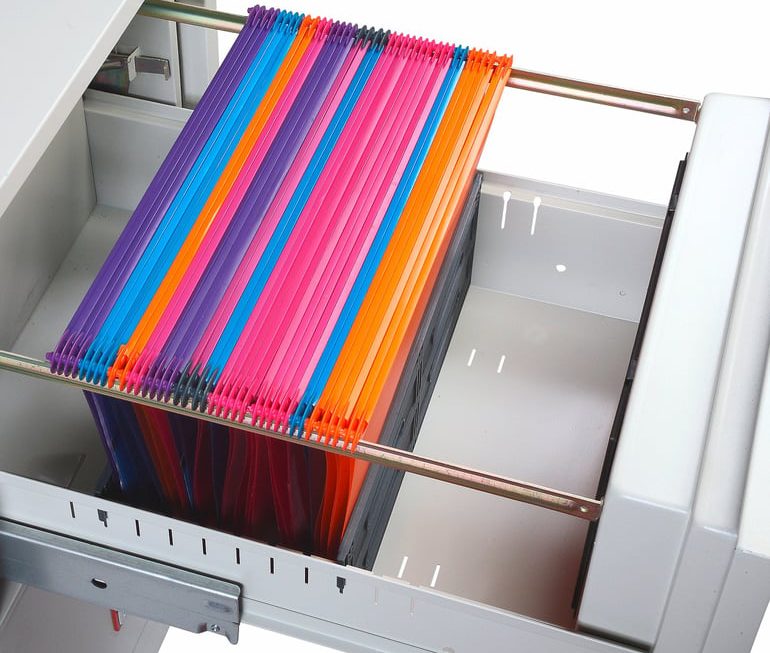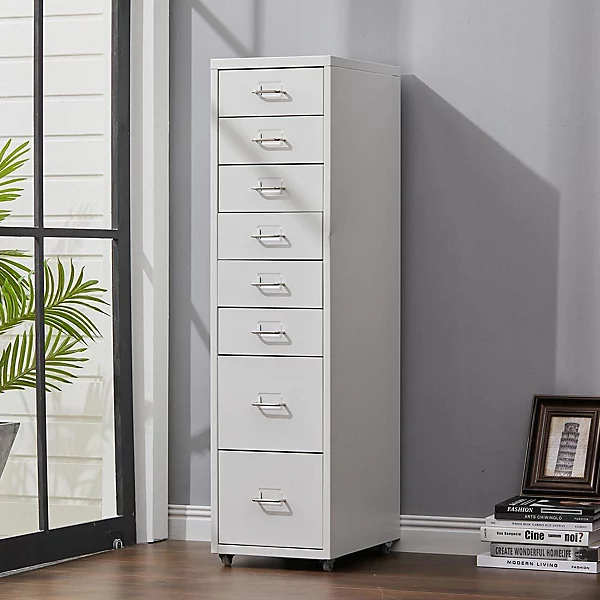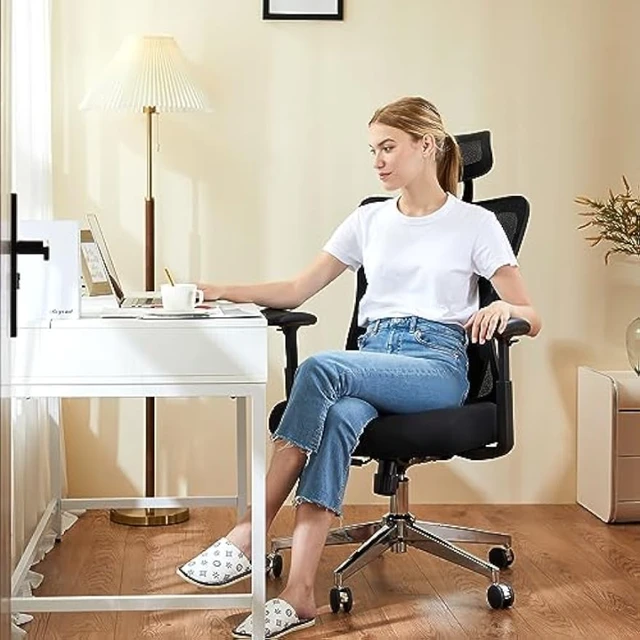 Introduction:
Introduction:
How to remove cylinder from office chair without pipe wrench?
Removing the cylinder from an office chair can be necessary for various reasons, such as replacing a damaged cylinder or adjusting the chair’s height. While a pipe wrench is a common tool used to loosen the cylinder, it may not always be readily available. In such cases, alternative methods can be used to remove the cylinder safely and effectively. In this comprehensive guide, we will explore multiple techniques for removing the cylinder from an office chair without a pipe wrench. By following these step-by-step instructions, you can successfully disassemble your office chair and carry out the necessary adjustments or replacements.
Here are some common types of office chairs:
There are several types of office chairs available, each with its own features and purposes. Here are some common types of office chairs:
Task Chairs:
Task chairs are designed for desk work and are typically adjustable, allowing users to customize the height, seat tilt, and backrest position. They provide comfort and support during prolonged periods of work.
Executive Chairs:
Executive chairs are often larger and more luxurious than task chairs. They usually have high backs, extra padding, and additional features like adjustable armrests and headrests. These chairs are designed for executives or individuals who spend long hours in their offices.
Ergonomic Chairs:
Ergonomic chairs are specifically designed to support the body’s natural posture and movements. They often include features like lumbar support, adjustable armrests, and seat depth adjustment. Ergonomic chairs aim to reduce strain and promote good posture.
Conference Chairs:
Conference chairs are designed for meeting rooms or conference areas. They are typically more lightweight and may have features like a slim profile, stackability, and a simple design that allows for easy mobility and convenient storage.
Guest Chairs:
Guest chairs are used in waiting areas, reception areas, or conference rooms. They are designed for visitors and provide comfortable seating without some of the adjustable features found in task or executive chairs. Guest chairs can come in various styles and materials, such as fabric, leather, or plastic.
Drafting Chairs:
Drafting chairs, or drafting stools, are specifically tailored for use in higher work surfaces, like drafting tables or standing desks. They typically have a taller height range, footrests, and a design that allows for ease of movement and proper posture while working at elevated surfaces.
Kneeling Chairs:
Kneeling chairs have a unique design that promotes an open hip angle and encourages an upright posture. They have a sloping seat and knee pads, providing an alternative sitting position that can reduce lower back strain.
Balance Ball Chairs:
Balance ball chairs feature a stability ball as the seat, encouraging active sitting and engaging core muscles to maintain balance. They can help improve posture, strengthen the core, and provide a more dynamic sitting experience.
These are some common types of office chairs. The choice of chair depends on factors like comfort, functionality, design, and specific needs or preferences of the user.
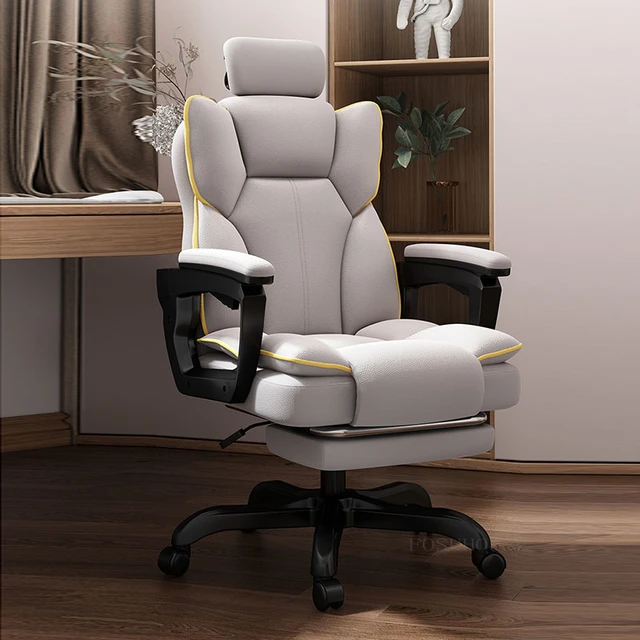 Gathering the Necessary Tools and Materials
Gathering the Necessary Tools and Materials
How to remove cylinder from office chair without pipe wrench?
Screwdriver:
A screwdriver with a flat or Phillips head is needed to remove any screws or bolts securing the chair components.
Rubber Mallet or Hammer:
A rubber mallet or a regular hammer wrapped in a cloth can be used to provide controlled force to loosen the cylinder.
Adjustable Pliers or Channel Locks:
Adjustable pliers or channel locks can be used to grip and twist the cylinder during the removal process.
Preparation and Safety Measures
Clear Work Area:
Ensure the area around the office chair is clear of any obstacles or fragile items.
Secure the Chair:
Lock the chair in a stationary position and ensure it is stable before proceeding with the cylinder removal.
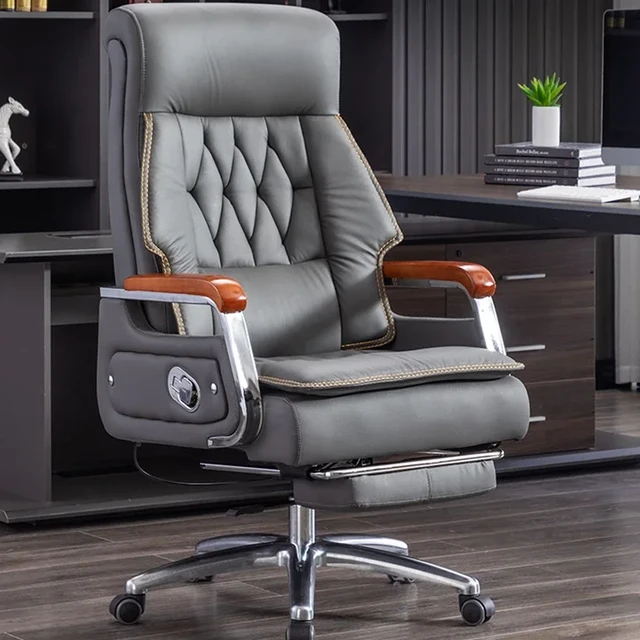 Removing the Cylinder
Removing the Cylinder
Locate the Retaining Clip or Ring:
Look for a retaining clip or ring near the top of the cylinder where it connects to the chair base.
Some cylinders may have a retaining clip or ring, while others may have a different mechanism.
Removing Cylinders with Retaining Clip or Ring:
Use a screwdriver or pliers to pry off or separate the retaining clip or ring.
Apply gentle, even pressure to release the clip or ring from the cylinder.
Applying Force to Loosen the Cylinder:
Use a rubber mallet or a cloth-covered hammer to gently tap the top of the cylinder.
Apply controlled force to loosen the cylinder from the chair base.
Twisting the Cylinder:
Grip the cylinder firmly with adjustable pliers or channel locks, making sure to protect the surface with a cloth to prevent damage.
Use the pliers to twist the cylinder counterclockwise while applying upward pressure to release it from the chair base.
Final Steps and Safety Considerations
Inspect the Cylinder:
Check the removed cylinder for any signs of damage or wear, especially if it is being replaced.
Ensure that the new or replacement cylinder matches the specifications of your office chair.
Replacing the Cylinder:
Align the new or replacement cylinder with the chair base and push it firmly down until it locks into place.
Rotate the cylinder slightly to confirm that it is securely fastened.
Performing Stability and Functionality Checks:
Test the chair by sitting on it and adjusting the height to ensure that the new cylinder functions properly.
Check for any wobbling or instability that may require further adjustment or tightening.
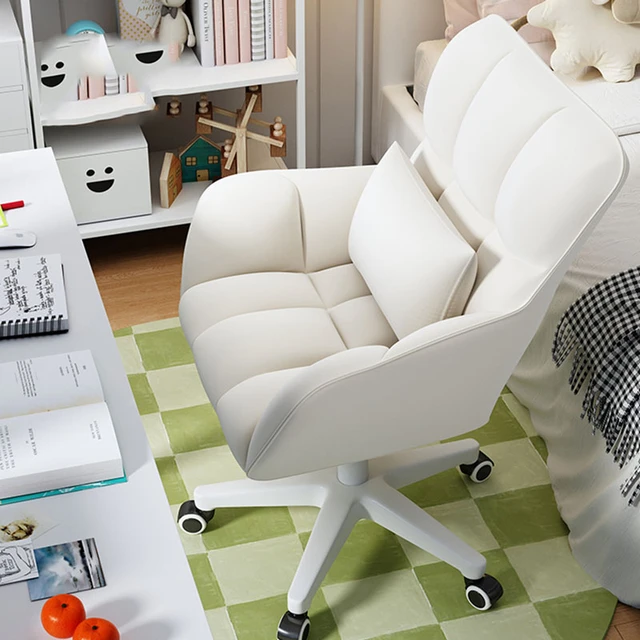 If the cylinder on your office chair is causing creaking or squeaking noises
If the cylinder on your office chair is causing creaking or squeaking noises
If the cylinder on your office chair is causing creaking or squeaking noises, you can try a few solutions to resolve the issue:
Lubricate the cylinder:
Apply a lubricating spray or silicone-based lubricant to the cylinder’s moving parts. This can help reduce friction and eliminate the creaking sound. Make sure to follow the manufacturer’s instructions and avoid using oil-based lubricants that may attract dust or dirt.
Tighten the screws:
Check if any screws or bolts on the chair’s base or mechanism are loose. Use a screwdriver or hex key to tighten them securely. Loose screws can cause the cylinder and other components to shift or rub against each other, resulting in noise.
Apply WD-40 or similar product:
If lubricating the cylinder alone doesn’t work, you can try applying a small amount of WD-40 or a similar product to the pivot points or hinges of the chair’s mechanism. Again, make sure to follow the instructions provided by the manufacturer.
Replace the cylinder:
If the creaking persists despite trying the above steps, the cylinder may be damaged or worn out. In this case, it might be necessary to replace the cylinder. You can check with the chair manufacturer, a local office supply store, or an online retailer for a suitable replacement cylinder.
Seek professional assistance:
If you are unsure or uncomfortable performing the above steps yourself, it’s recommended to seek professional assistance. A furniture repair technician or an experienced handyman can assess the issue and provide appropriate solutions.
Remember to take safety precautions when working with any tools or attempting to dismantle or repair the chair. If the chair is still under warranty, contacting the manufacturer for assistance may be the best course of action.
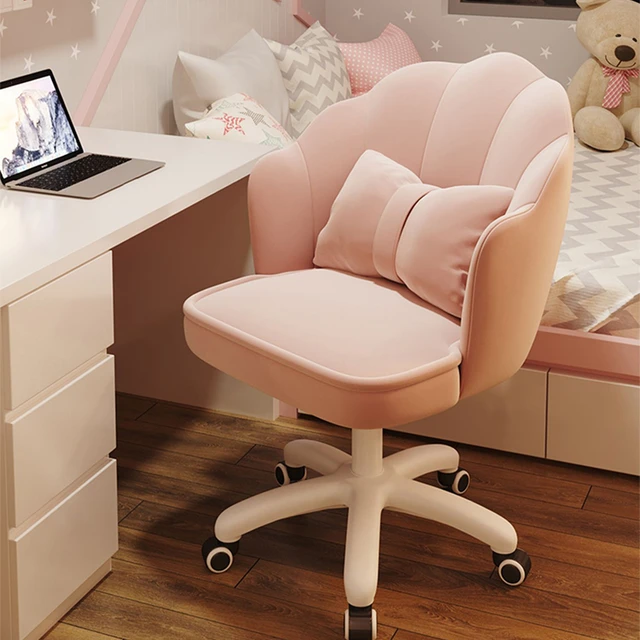 Conclusion:
Conclusion:
How to remove cylinder from office chair without pipe wrench?
Removing the cylinder from an office chair without a pipe wrench is possible with the alternative techniques and tools described in this comprehensive guide. By gathering the necessary tools, preparing the work area, and following the step-by-step instructions, users can successfully disassemble their office chairs and carry out any necessary adjustments or replacements. Whether removing a retaining clip, tapping the cylinder with a mallet, or twisting it with adjustable pliers, these techniques provide effective methods for cylinder removal. When reassembling the chair, always ensure the new or replacement cylinder is securely fastened and perform stability and functionality checks. With the knowledge gained from this guide, users can confidently remove the cylinder from their office chairs and make necessary adjustments or replacements to maintain a comfortable and functional seating experience.
